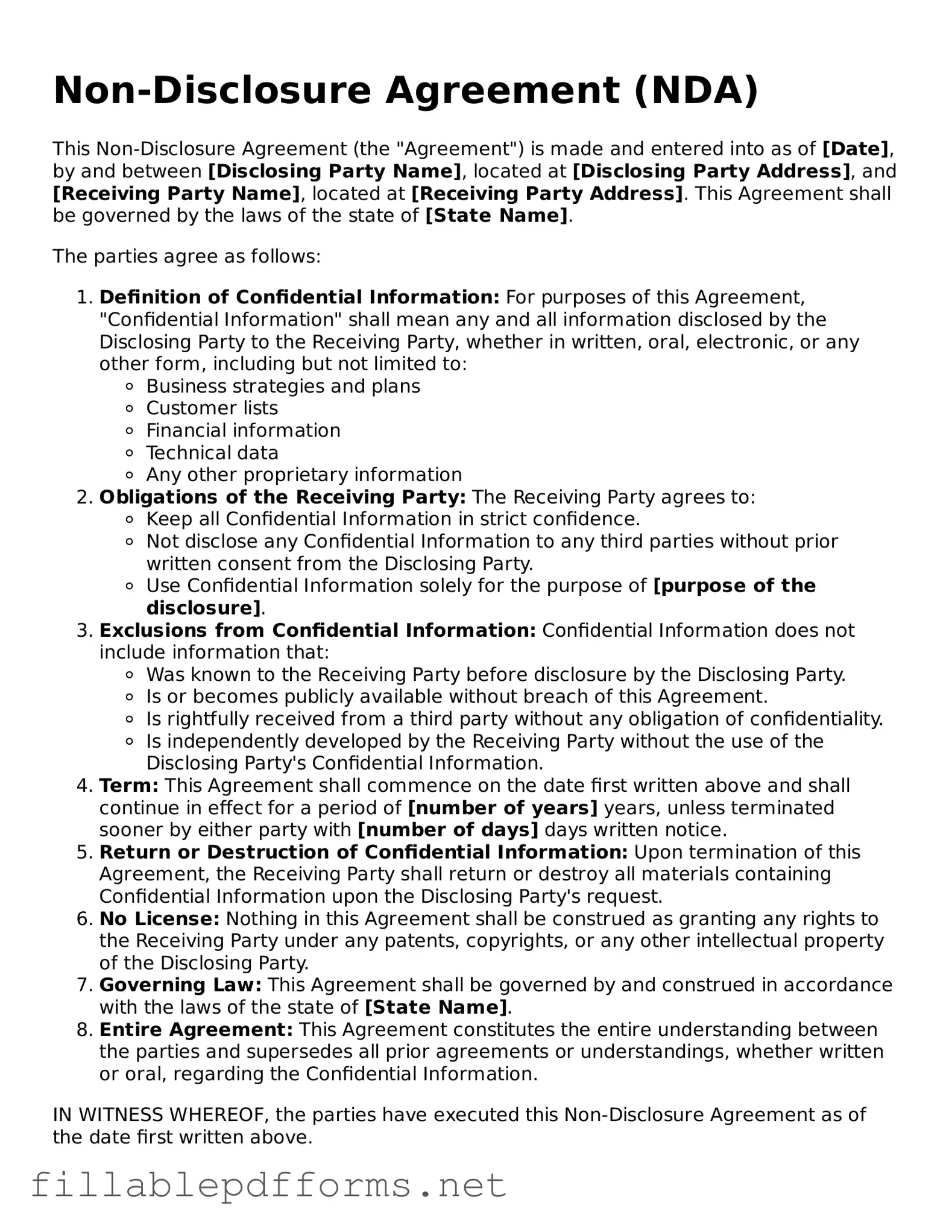A Non-disclosure Agreement (NDA) serves as a vital tool in protecting sensitive information shared between parties. This legally binding document outlines the obligations of the parties involved regarding confidentiality. Typically, an NDA specifies what constitutes confidential information, the duration of the confidentiality obligation, and the permitted uses of the disclosed information. It may also detail the consequences of unauthorized disclosure, ensuring that all parties understand the seriousness of maintaining confidentiality. NDAs can be mutual, where both parties share sensitive information, or unilateral, where only one party discloses information. By establishing clear terms, this agreement fosters trust and encourages open communication in business relationships, whether in negotiations, partnerships, or employment scenarios. Understanding the key components of an NDA is essential for anyone looking to safeguard proprietary information or trade secrets in today’s competitive landscape.
